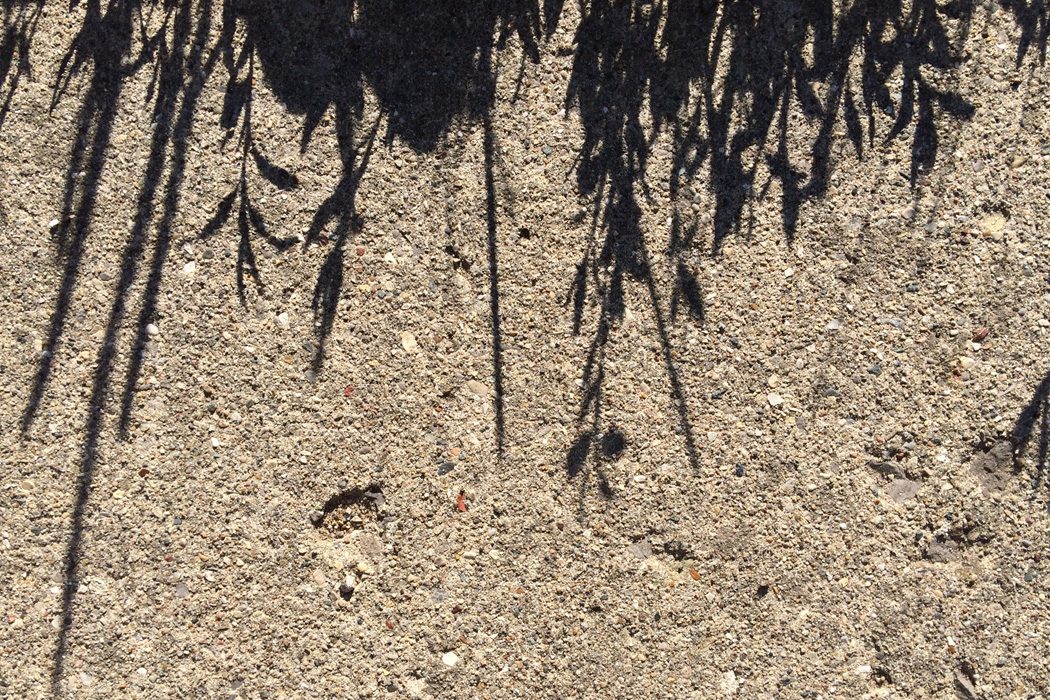Far to the north, or indeed in any direction,
strange mountains and creatures have always lurked—
elves, goblins, trolls, and spiders: —we
encounter them in dread and wonder,
But once we have tasted far streams, touched the gold,
found some limit beyond the waterfall,
a season changes, and we come back, changed
but safe, quiet, grateful.
From “Allegiances” by William Stafford
I spend a lot of time these days listening to people talk about him at the bar, on the radio, over breakfast. Some form of his face is on the front of nearly every magazine and newspaper, in almost every political cartoon. There is no lukewarm feeling about the man: either he’s the savior or the antichrist, archetype of the dream we didn’t dare to dream or the nightmare we just can’t wake up from.
You know the one to whom I refer.
Perhaps the mythical quality of this man is part of what draws me so frequently these days to the poem “Allegiances” by William Stafford. In four short stanzas, he leads me through the anxious wilderness of strange and far-away places and back to where I want to be: at home by the window, sitting at the desk my husband built out of reclaimed wood, considering the fecundity of summer along the Portage River and noticing the cooing of the mourning dove, the gentle touch of breeze marking the beginning of a temperate, mostly cloudy Sabbath. “Supposed an insane wind holds all the hills / while strange beliefs whine at the traveler’s ears,” writes Stafford, “we ordinary beings can cling to the earth and love / where we are, sturdy for common things.” I’ve written that one down multiple times, repeated it to friends just to hear the words again myself and to see if the same recognition that I feel dawns in their eyes.
And yet, just as I can’t escape the problems of home by going “away,” I can’t escape the problems out there by tucking in. To love where I am goes far deeper than the simple pleasures of a homemade desk and a pair of nesting doves outside my window. It includes them to be sure, but it also includes finding some way to appreciate my neighbor’s teenage son who drives a pickup truck with a confederate flag sticker in the back window. It involves sharing the suffering of my neighbors of color for whom the goblins and trolls are not just the anti-heroes of bedtime stories, but the real life monsters whose daily presence is statistically verified in wealth gaps and incarceration rates.
“It is important that awake people be awake,” Stafford writes in “A Ritual to Read to Each Other,” a poem that begins:
If you don’t know the kind of person I am
and I don’t know the kind of person you are
a pattern that others made may prevail in the world
and following the wrong god home we may miss our star.
I recently listened to Krista Tippet’s interview of Brother David Steindl-Rast, a Catholic Benedictine monk, who said something lovely in the same metaphorical region as Stafford. Citing the Catholic priest Raimon Panikkar, he said, “The future will not be a new, big tower of power. Our hope in the future is…well-trodden paths from house to house. That is the image that holds a lot of promise for our future.”
Walking the few blocks from my home to our intentional community’s weekly potluck dinner this past Friday, I was struck by the way the setting sun was transforming the short grass into long shadows on the sidewalk—the familiar made strange in a mash-up of biology and chemistry and astronomy. I paused outside the Methodist church, a monstrous building nearly empty these days as the faithful become fewer, to snap a photograph. The stark shapes made me think: the goblins and trolls and elves and spiders aren’t far away. They live among us and within us, and perhaps when they’re not being amplified by the bright light of the sun, but by the ordinary light of human eye contact, they’re not so terrifying after all. We might actually learn to love what we thought was beyond our capacity to love, and I don’t think we need to play mind tricks with ourselves to get there. We do need to trod the paths from home and back, over and over again, and try to be fully awake to what is there to be seen: all of the common things that are anything but ordinary or simple, and full of mystery.




